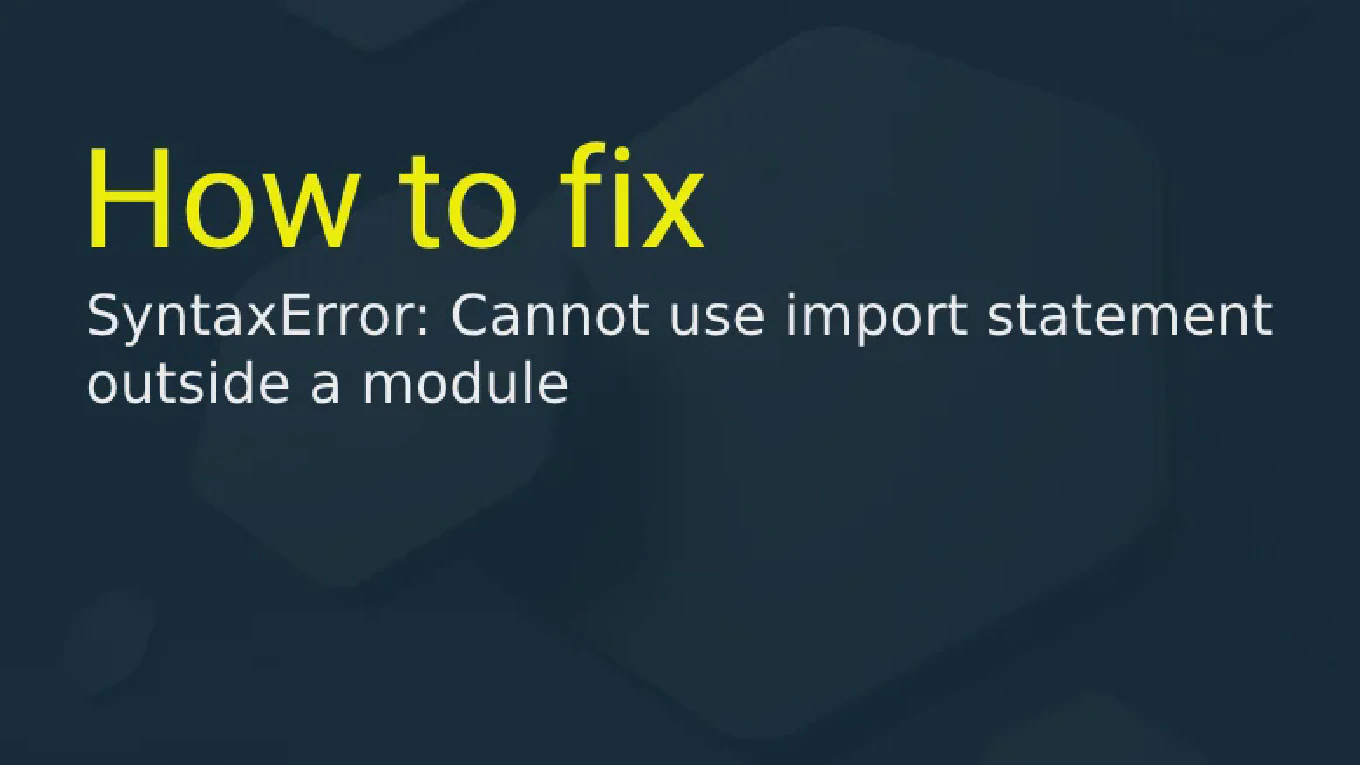How to create custom pipes in Angular
Creating custom pipes in Angular enables specialized data transformations that aren’t available with built-in pipes, providing reusable logic for specific business requirements and formatting needs. As the creator of CoreUI with extensive Angular experience since 2014, I’ve developed numerous custom pipes for enterprise applications requiring specialized formatting, filtering, and data transformation logic. The most effective approach involves implementing the PipeTransform interface with the @Pipe decorator to create reusable, performant transformation functions. This method provides clean separation of presentation logic while maintaining Angular’s change detection optimization and template readability.
How to chain pipes in Angular
Chaining pipes in Angular allows you to apply multiple transformations sequentially to data in templates, creating powerful data processing pipelines with clean, readable syntax. As the creator of CoreUI with extensive Angular experience since 2014, I’ve implemented pipe chaining in numerous enterprise applications for complex data formatting and presentation requirements. The most effective approach involves using multiple pipe operators (|) in sequence to transform data through multiple stages for comprehensive formatting. This method provides flexible data transformation while maintaining template readability and leveraging Angular’s optimized pipe performance.
How to use built-in pipes in Angular
Using Angular built-in pipes provides ready-made solutions for common data transformation needs including formatting dates, numbers, currencies, and handling asynchronous data streams. As the creator of CoreUI with extensive Angular experience since 2014, I’ve utilized built-in pipes extensively in enterprise applications for internationalization, data presentation, and reactive programming patterns. The most efficient approach involves understanding each built-in pipe’s parameters and use cases to apply appropriate transformations directly in templates. This method leverages Angular’s optimized pipe implementations while maintaining clean, declarative templates with proper change detection handling.
How to use Angular pipes
Using Angular pipes transforms data in templates without modifying the underlying component data, providing clean separation between data processing and presentation logic. As the creator of CoreUI with extensive Angular experience since 2014, I’ve implemented pipes in numerous enterprise applications for data formatting, localization, and complex data transformations. The most effective approach involves applying pipes directly in template expressions using the pipe operator (|) with optional parameters for customization. This method ensures efficient data transformation with automatic change detection while maintaining readable, declarative template syntax.
How to create reusable animations in Angular
Creating reusable animations in Angular allows you to maintain consistent visual effects across components while reducing code duplication and improving maintainability. As the creator of CoreUI with extensive Angular experience since 2014, I’ve built comprehensive animation libraries for enterprise applications requiring consistent UI behavior. The most efficient approach uses animation factories and shared animation functions that can be imported and configured across multiple components. This pattern provides flexible, maintainable animations with customizable parameters and consistent timing throughout your application.
How to animate route transitions in Angular
Animating route transitions in Angular enhances user experience by creating smooth visual feedback when navigating between pages. As the creator of CoreUI with extensive Angular experience since 2014, I’ve implemented route animations in countless enterprise applications for professional navigation experiences. The most effective approach uses Angular’s Animation API with router-outlet to define custom transition animations between route changes. This method provides smooth, customizable transitions while maintaining Angular’s reactive routing architecture.
How to use Angular animations
Angular animations provide powerful tools for creating smooth transitions and engaging user interfaces using the built-in animations API.
As the creator of CoreUI with extensive Angular development experience since 2014, I’ve implemented animations in numerous dashboard applications to enhance user experience.
The most effective approach uses the @angular/animations package with component decorators to define reusable animation triggers.
This method provides declarative animation definitions while maintaining performance and accessibility standards.
How to preload modules in Angular
Module preloading in Angular optimizes application performance by loading feature modules in the background after initial application load. As the creator of CoreUI with extensive Angular experience since 2014, I’ve implemented preloading strategies in numerous enterprise applications to balance initial load speed with navigation performance. The most effective approach uses Angular’s built-in preloading strategies or custom preloading logic with RouterModule configuration. This pattern ensures fast initial loads while preparing subsequent modules for instant navigation.
How to lazy load modules in Angular
Lazy loading in Angular improves application performance by loading feature modules only when users navigate to specific routes. As the creator of CoreUI with extensive Angular development experience since 2014, I’ve implemented lazy loading in numerous large-scale applications to reduce initial bundle sizes. The most effective approach uses dynamic imports in route configurations to load modules on demand. This pattern dramatically improves initial load times while maintaining full functionality for all application features.
How to use Resolve guard in Angular
Resolve guards in Angular pre-load data before route activation, ensuring components receive required data immediately upon initialization. As the creator of CoreUI with extensive Angular experience since 2014, I’ve used Resolve guards in numerous dashboard applications to eliminate loading states and improve user experience. The most effective approach implements the Resolve interface to fetch data that components need before they’re displayed. This pattern prevents flickering loading states and ensures smooth navigation with pre-populated data.



